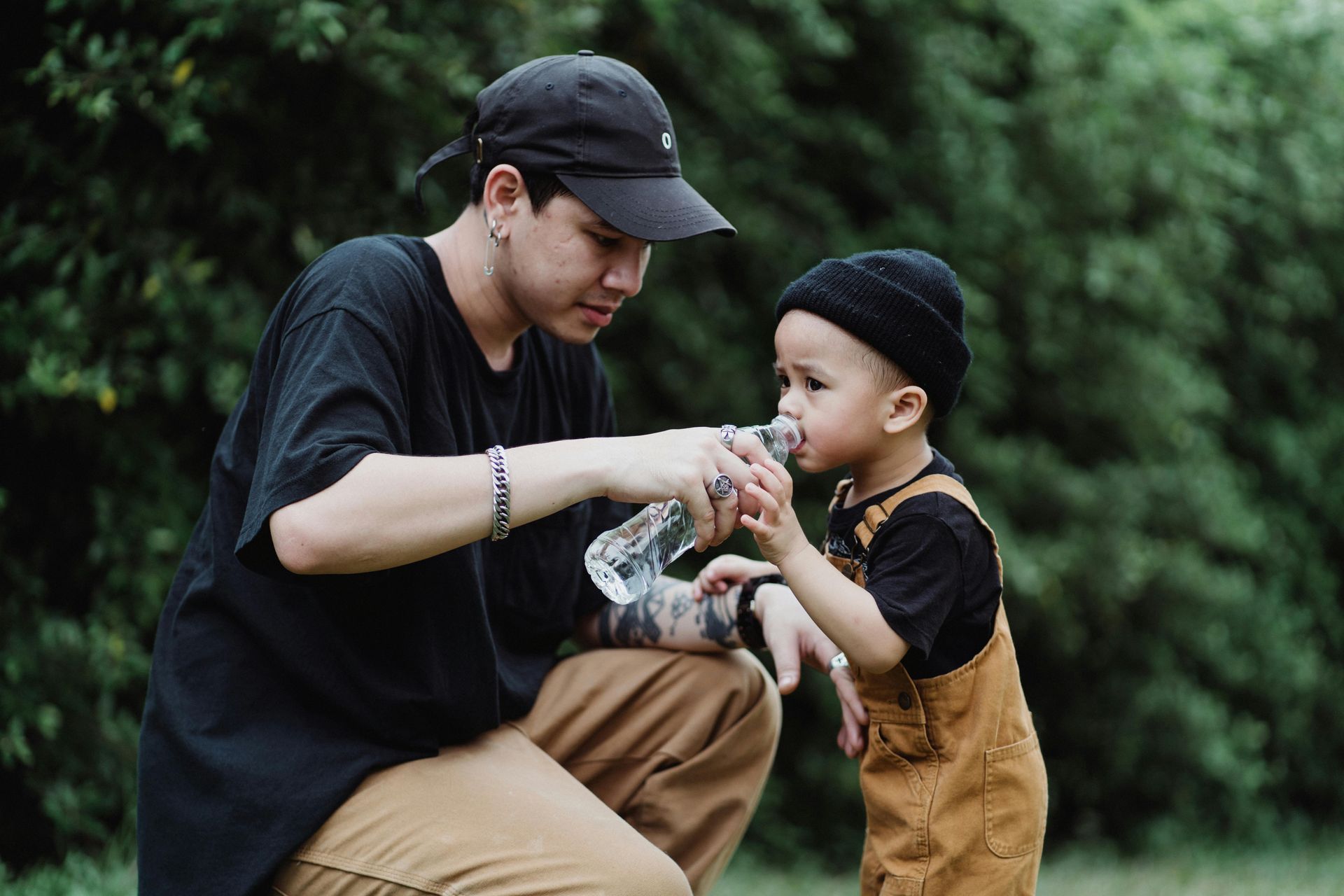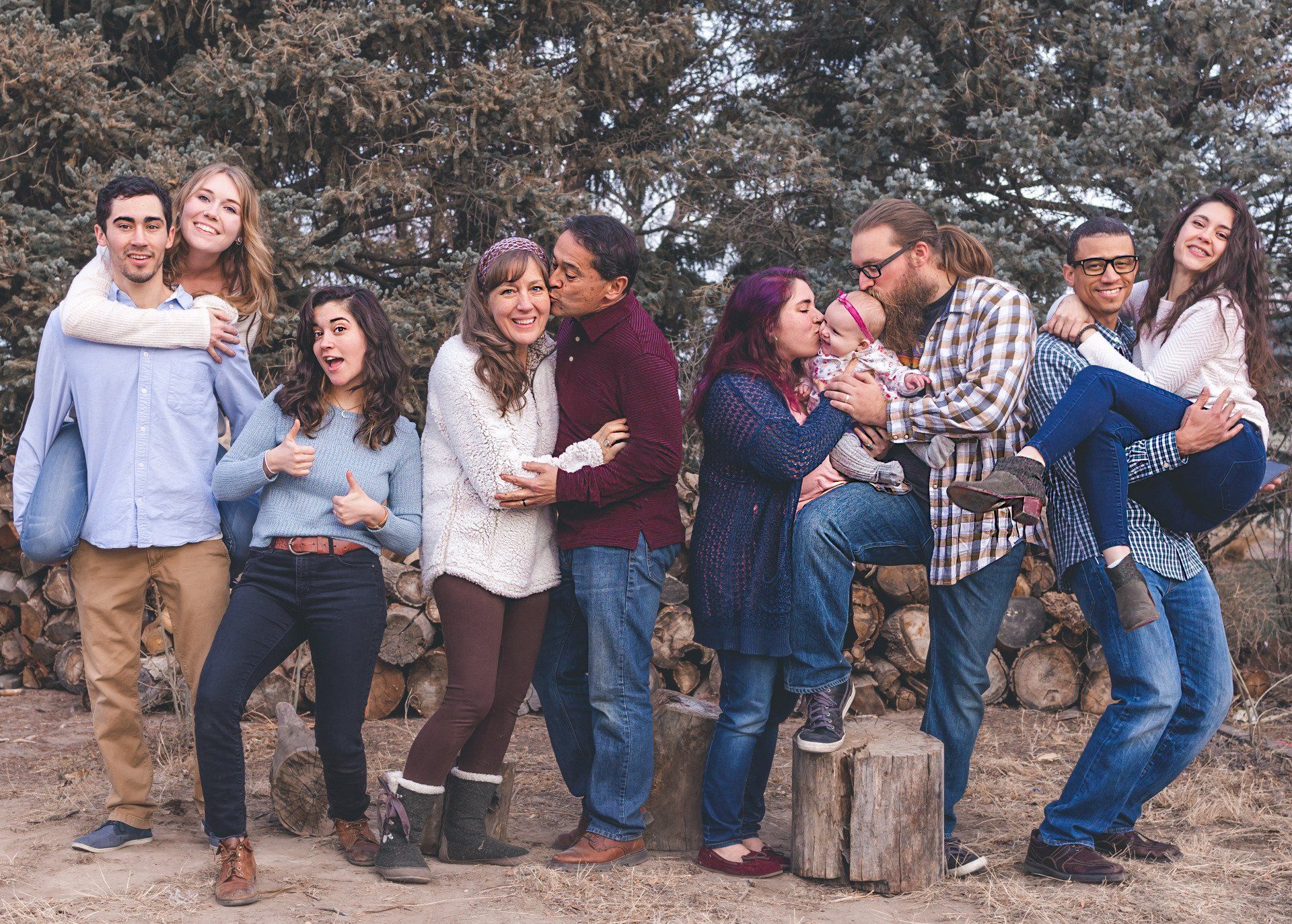Navigating Family-Based Immigration: Common Pitfalls and How to Avoid Them
Denice Flores • July 10, 2025
Family-based immigration remains one of the most common paths to lawful permanent residency in the United States. It offers a lifeline to families hoping to reunite across borders, but the process is far from simple. The outcome of the applications can be delayed as a result of potential missteps while preparing the applications.
Here are some of the most common pitfalls and how to avoid them:
- Incomplete or Inaccurate Forms
One frequent mistake is submitting incomplete or inaccurate information on the forms like the I-130 (Petition for Alien Relative) and the I-485 (Adjustment of Status). Even minor errors such as misspelled names, missing signatures, or incorrect dates—can result in Requests for Evidence.
To avoid this misstep, double-check all entries, cross-reference documents, and consult with an attorney before submission. Remember, immigration forms are legal documents so accuracy matters.
- Insufficient Supporting Evidence
Proving a genuine familial relationship is the basis of family-based petitions. For spousal cases, USCIS looks closely at evidence of a bona fide marriage. Little or no supporting documents and evidence may lead to Requests for Evidence and even skepticism from USCIS.
To establish a bona fide marriage, include documentation to show shared finances and liabilities.
- Filing Under the Wrong Category or Preference
There are different immigration paths depending on whether the petitioner is a U.S. citizen or lawful permanent resident, and whether the beneficiary is a spouse, child, sibling, or parent. Each category has different processing times and visa availability.
It is critical that before applying, you understand which preference category applies to your case. Immediate relatives of U.S. citizens (spouses, parents, unmarried children under 21) generally receive faster processing and are not subject to annual visa caps.
- Not Disclosing Past Immigration or Criminal History
Many applicants fail to account for past immigration violations such as visa overstays, unauthorized work, or prior removal orders. Similarly, if you fail to disclose past criminal history and these issues surface later in the process they can affect the outcome of the case.
Disclose everything to your attorney, no matter how minor or old the issue seems. Prior violations don’t always mean denial but not disclosing them may lead to serious consequences.
If you're considering filing a family-based petition, consult with an experienced immigration attorney at our office. Our office is committed to helping families navigate this complex process with clarity and confidence.
This blog is not intended to be legal advice and nothing here should be construed as establishing an attorney client relationship. Please schedule a consultation with an immigration attorney before acting on any information read here.
Denice Flores
This Facebook widget is no longer supported.
Similar Posts

On September 25, 2024, the U.S. Citizenship and Immigration Services (USCIS) recently updated its guidance on the Child Status Protection Act (CSPA) to clarify how an applicant’s CSPA age is calculated when extraordinary circumstances are involved. This update is designed to help Applicants and their families better understand how their eligibility for certain immigration benefits may be impacted by delays or special conditions during the process . The CSPA is a crucial law that helps protect children from "aging out" of the immigration process , meaning turning 21 years old while waiting for family-based immigration petitions to be processed. Normally, once a child turns 21, they may no longer qualify for a green card under certain family visa categories. However, the CSPA allows a special calculation of a child’s age to determine whether they can still be considered a "child" for immigration purposes, even if they have passed the age of 21. USCIS's recent update focuses on two key points: First , it clarifies how extraordinary circumstances may excuse an applicant from the usual requirement to apply for a green card (or "seek to acquire" permanent residency) within one year of their visa becoming available. If extraordinary circumstances, such as medical issues or other unavoidable situations, prevent an applicant from meeting this deadline, they may still qualify for CSPA protection as long as they can demonstrate these circumstances. Second , the guidance outlines how to calculate the applicant’s CSPA age in cases where these extraordinary circumstances apply . If an immigrant visa was available for a continuous one-year period, the CSPA age is calculated from the date the visa first became available. However, if the visa became available and then unavailable before the applicant could apply, the CSPA age calculation may still use the date the visa first became available—if the applicant can show they were unable to apply due to extraordinary circumstances. This update addresses an issue that was not previously covered in detail by USCIS policy. Before this clarification, it was unclear how the CSPA age would be calculated for noncitizens who had extraordinary reasons for not applying for a green card during the time their visa was available. By providing this updated guidance, USCIS aims to ensure that these cases are handled consistently and fairly. In conclusion, this recent USCIS update offers clearer guidance on how extraordinary circumstances affect CSPA age calculation. If you believe your family might benefit from this update, please reach out to one of our highly experienced immigration attorneys, who can help you understand how these changes apply to your situation. For more detailed information, you can visit the USCISPolicyManual or review the official USCISannouncement .

On June 18, 2024, President Biden announced a series of immigration actions using the authority granted to him by our existing immigration laws. These actions will help certain undocumented individuals in the United States, including: Spouses and children of U.S. citizens who have been living in the United States for at least 10 years. You may be eligible to apply for your green card without leaving the United States, if, as of June 17, 2024: ○ You are in the United States after entering without permission; ○ You have lived in the United States for at least 10 years and have never left; ○ You are legally married to a U.S. citizen or have a qualifying stepchild relationship with a U.S. citizen; and ○ You do not have certain criminal history or pose a threat to national security or public safety. If you meet these criteria, the government MAY grant you parole-in-place. Parole would be granted for a one-time period of three years. You may also be eligible for employment authorization for up to three years. If you are granted parole y ou may apply for your green card within three years of approval. Eligibility is determined on a case-by-case basis. College-educated DACA recipients and Dreamers who are qualified for nonimmigrant status, such as an H-1B specialty occupation visa. You may be eligible to apply for a temporary visa more easily, if: ○ You have a degree from an accredited U.S. institution of higher education; and ○ You have an offer of employment from a U.S. employer in a field related to your degree. Please note that these programs have NOT YET begun. Details on how to apply are expected to be released by the end of the summer through a Federal Register notice. This means: You cannot submit an application at this time. An early-filed application will be rejected . You should not pay anyone a fee associated with filing an application at this time. Be patient and take the time to find the right help. The wrong advice could harm your chances of staying in the United States, getting lawful status, or becoming a U.S. citizen. Don't be fooled by notarios and other consultants who promise immediate results or special solutions in order to steal your money. Many unscrupulous individuals will cost more than licensed attorneys! If you are unsure if someone is qualified to help, ask for proof of their credentials and retain a copy of that evidence. This program could also be legally challenged, which could impact its implementation. This makes it even more important to have a qualified, knowledgeable attorney. USE AILA’s Find an Immigration Lawyer Search, ailalawyer.org , to find a licensed immigration attorney in good standing. Or find an accredited representative at: https://www.justice.gov/eoir/find-legal-representation . FONT: https://www.aila.org/library/information-and-guidance-on-new-actions-to-promote-family-unity

Advance parole is a travel document that permits you to travel outside the United States for temporary travel and return to the United States . Applicants for advance parole need to file Form I-131, Application for Travel Document with U.S. Citizenship and Immigration Services (USCIS) and pay the filing fee. When the application is approved, USCIS issues the applicant a Form I-512L, the advance parole document. The document must be presented to immigration officials to seek admission into the United States after traveling abroad. There are several ways a person can qualify for and obtain advance parole. Applicants for adjustment of status, DACA recipients, and individuals who need to travel for urgent humanitarian reasons are three common types of applicants that can apply for advance parole , however there are more. Applicants for adjustment of status can apply for advance parole when they file their green card application or when the green card application is pending. Adjustment of status applicants must obtain advance parole before traveling outside the United States to avoid an issue with the green card application. Obtaining advance parole through an adjustment of status application does not require an emergency or humanitarian purpose for travel. Note, when you file for advance parole through an adjustment of status application the filing fee for Form I-131 is not required. DACA recipients may also apply for advance parole to travel abroad for humanitarian reasons or for employment or educational purposes only. Humanitarian reasons include medical attention or treatment, visiting a sick relative or for a relative’s funeral services. Educational purposes include studying abroad, academic research and more. Employment purposes include work, training, meetings, interviews, and other specific work assignments. Certain individuals may also apply for advance parole due to an urgent humanitarian reason or to further a significant public benefit. To show that the travel is due to humanitarian, education, or employment reasons, the applicant must provide proof of such to USCIS. As mentioned, these are the three most common ways to obtain advance parole, but they are not the only ways. If you have questions about other ways to obtain advance parole, if you think you qualify for advance parole or have questions about your eligibility, please schedule a consultation with one of our experienced attorneys and we will be more than happy to assist you.

Your conditional resident status is only valid for 2 years. In order to prevent losing lawful status in the United States, you must submit Form I-751, Petition to Remove Conditions on Residence, 90 days before your conditional green card expires. It is critical that you file Form I-751 to remove the conditions in a timely manner because if it is not, you may risk being left without status and the U.S. Department of Homeland Security may issue you a Notice to Appear and place you in removal proceedings before an Immigration Judge.

During the recent administration there has been an increase in issuance of Requests for Evidence for EB-1A petitions for those of Extraordinary Ability. A Request for Evidence is a request that is made by USCIS that should explain how the evidence is deficient in proving the criteria argued and what additional evidence needs to be provided by the applicant to meet the criteria. EB-1A petitions are already normally subject to higher scrutiny because their approval is the first step needed to apply for Lawful Permanent Residence or a green card. USCIS normally requires not just evidence but that the evidence be provided with context and information to show why it matters in a particular field. For example, if you were providing evidence of your membership in an organization that requires outstanding achievements of its members, just providing evidence of the membership is not enough. You must explain what that membership is and provide background information on the organization granting the membership. You also need to provide evidence on the criteria that is used to select the members, information on those who select the members to show that they are recognized experts, other documentation such as articles about the membership organization to show its importance, and any other relevant evidence and background information to show that the criteria is met. A request for evidence being issued prior to the current administration was not uncommon, but in the current climate it is more surprising to not receive a request for evidence for this type of case. It is important to remember that a request for evidence is not a denial. Depending on the validity of the information in the request and the substance some Requests for Evidence can be overcome, and the case be approved. It is important to carefully review the request and note if there are any errors in the content and application of the regulations by USCIS. If you have an attorney, you should work with them and make sure that you provide any evidence you think may be helpful. Although there is a deadline by which a response must be submitted, attention to detail and patience will go a long way when dealing with having to respond to a request for evidence. If you believe you may qualify for this type of visa, please feel free to contact our office.

Once you have connected with a college program, have been admitted to the school, and deemed eligible to compete athletically, you will need to secure an F-1 student visa in order to actually attend your new college and begin your time as a student athlete. The first step in the visa process is to receive your Form I-2

For many talented athletes around the world, U.S. college athletics represent a remarkable opportunity to combine elite athletic competition with higher education. In sports such as basketball, soccer, track and field, and tennis, among others, hundreds of colleges and universities across the United States offer struct



